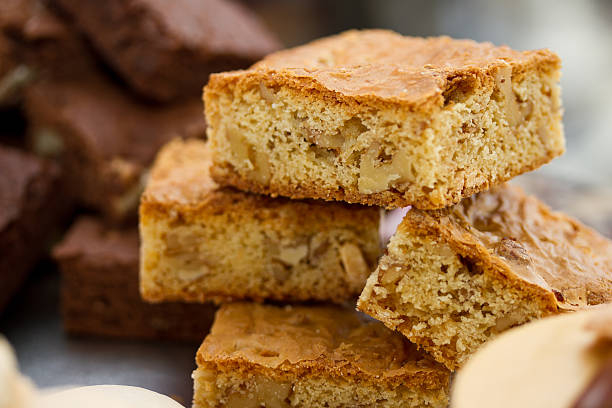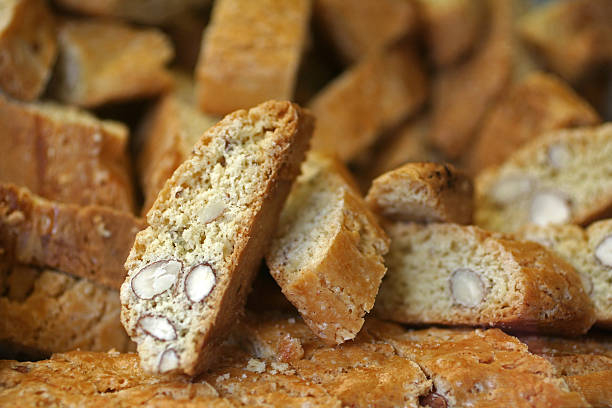Roman confections
Italians have elevated the art of pastry making. Italian pastries are both aesthetically pleasing and delectably delicious. They range from exquisite and gilded tiny cake masterpieces to miniature pastry tarts filled with pastry crème and garnished with seasonal fruit, pinon nuts, or broken walnuts. Pastry in Rome adopts local flavorings and regional characteristics. From Sicily to Milan, ricotta cheese is frequently used as a sweetened filling for pastries. Ricotta is a staple of both sweet and savory Roman cuisine and is made in Lazio from buffalo, cow, goat, or sheep milk, according to CNN. It may have its origins in ancient Rome.
Ricotta is a fantastic filling for cannoli and castagnole, which are little puffs of deep-fried pastry the size of a castagna that are made in Rome and the surrounding areas (chestnut). Castagnole and larger bombolone Laziale, filled doughnuts with sugar coating, are both filled with pastry cream, chocolate cream, and nut pastes. Imagine sizzling hot, deep-fried pockets of sweetened dough filled with ricotta filling that has been citrus-infused, pastry cream, hazelnut chocolate, fig jam, or jam. According to "DK Eyewitness Travel Italy," Lazian torta di ricotta is a cheesecake made in the style of Rome and loaded with delectable marsala wine and lemon. According to Katie Parla's book "Tasting Rome," popular and delectable Roman sweets include zabaione and brutti ma buoni (hazelnut meringues).















